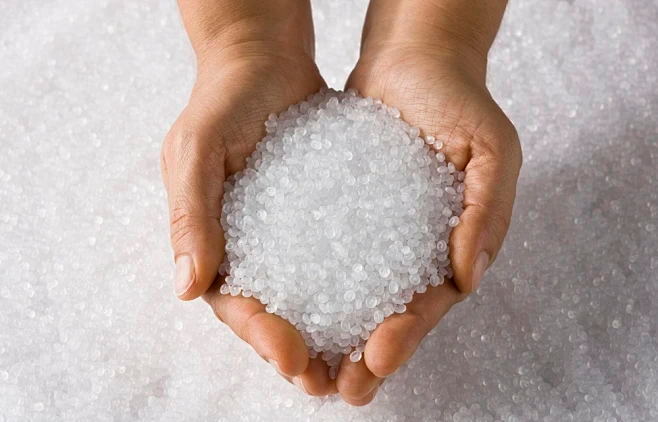The Key Features of Low-Density Polyethylene and High-Density Polyethylene
 May 01,2024
May 01,2024

The Key Features of Low-Density Polyethylene and High-Density Polyethylene
Low-Density Polyethylene (LDPE) and High-Density Polyethylene (HDPE) are common types of polyethylene rotomolding materials that are widely used in rotomoulding products. They are both derived from the polymerization of ethylene, but they have different molecular structures and properties due to the differences in their production processes and additives. In this article, we will explore the main performance characteristics of LDPE and HDPE.

1. Density: As the name suggests, LDPE has a lower density than HDPE. The density of LDPE typically ranges from 0.91 to 0.96 g/cm³, while the density of HDPE ranges from 1.0 to 1.05 g/cm³. This difference in density affects their applications and physical properties.
2. Mechanical Properties: LDPE has lower strength and stiffness than HDPE. It has a higher elongation at break and impact strength, but lower tensile strength and modulus of elasticity. HDPE, on the other hand, has higher strength, stiffness, and durability. It is more resistant to deformation and can withstand higher loads.
3. Chemical Stability: Both LDPE and HDPE are chemically stable materials with good resistance to most chemicals and solvents. However, HDPE has better chemical resistance than LDPE. It is more resistant to acids, bases, and solvents, making it suitable for applications in harsh environments.
4. Thermal Properties: LDPE has a lower melting point than HDPE, typically ranging from 100 to 130°C, while HDPE has a melting point of around 140 to 160°C. LDPE also has a lower heat capacity and thermal conductivity, which means it cools down faster and is less effective at dissipating heat.
5. Transparency: LDPE is more transparent than HDPE. The clarity of LDPE makes it suitable for applications where transparency is important, such as packaging container for food and pharmaceuticals. HDPE is less transparent due to its higher density and thicker molecular structure.
6. Processability: LDPE has better processability than HDPE. It can be easily extruded, roto molded, and blow molded. HDPE, however, requires higher temperatures and pressures for processing, which makes it more challenging to work with.
7. Price: LDPE is generally cheaper than HDPE due to its lower density and simpler production process. This makes LDPE a more cost-effective option for applications where cost is a significant factor.
The selection between LDPE and HDPE is contingent upon the specific needs of the application and the desired characteristics of the end product. Do not hesitate to reach out to us should you require any guidance on choosing the appropriate rotomolding materials for your project.
 Tel: 0086-13632687993
Tel: 0086-13632687993  Email: roto@lightvenus.com
Email: roto@lightvenus.com

 Home
Home What are the Performance Characteristics of Linear Low-density Polyethylene
What are the Performance Characteristics of Linear Low-density Polyethylene  You May Also Like
You May Also Like



 Tel
Tel
 Email
Email
 Address
Address








